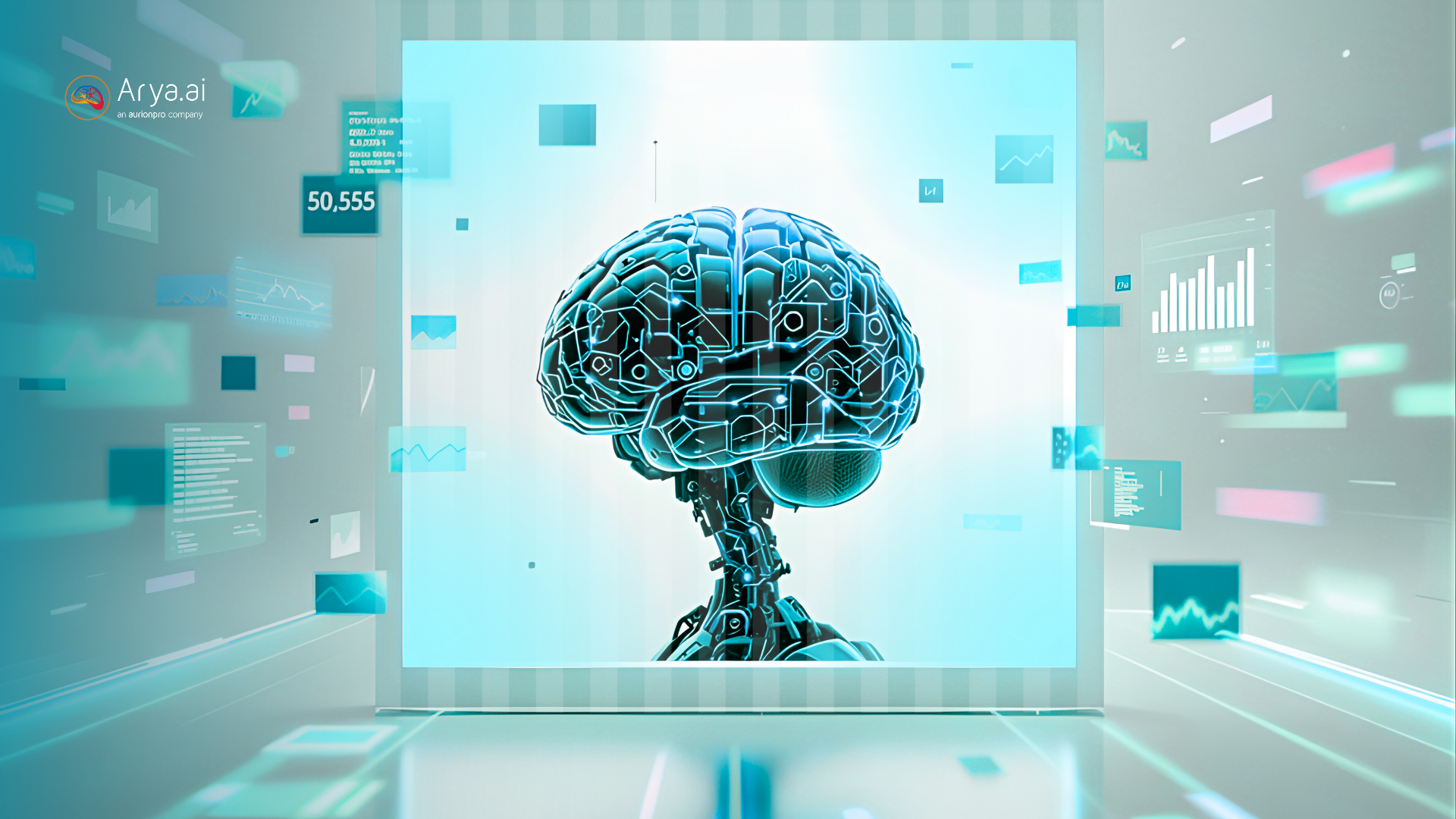.png)
Enterprises are pivoting to generate value from AI projects. Though still in the nascent stage, organizations are moving from the experimentation phase to embedding AI into core workflows. Most companies are now redesigning workflows to accommodate Gen AI. Global adoption is also increasing, as the technology is becoming useful for exploring high-value use cases.
The explosion of growth, adoption, and high-value use cases is shaping the future of enterprise AI. This landscape is driving enterprises to formulate guiding principles that will dictate how AI is implemented responsibly and effectively in the enterprise context.
Below, we outline several key principles poised to shape the future of enterprise AI in the coming years.
1. From Pilots to Widespread Adoption
The transition from pilot projects to full-scale deployment has already begun. After years of proof-of-concept, organizations are now aggressively moving AI projects into production. More importantly, enterprises are also pivoting their stance, from exploring isolated use cases to company-wide AI architecture. This shift requires companies to revamp their technology stacks and talent strategies to accommodate AI at scale.
.jpg)
Full-scale deployment will also mean that business leaders’ expectations for clear RoI and operational impact are only going to grow. AI must deliver real value, whether that is automating CRM data entry or improving cash flow forecasts. AI in businesses cannot remain a novelty. It must be integrated into the workflows and drive efficiency and innovation across the board.
2. AI Agents and Autonomous Systems in Workflows
Intelligent AI agents are set to become a key part of enterprises' processes. These agents, which can autonomously perform tasks or make recommendations, will be as essential to enterprise applications as AI APIs have been. Organizations are thus preparing for agentic workflows, where business operations are supported by autonomous AI routines with advanced reasoning abilities.
.jpg)
For example, autonomous finance systems handle mortgage underwriting or flag transaction anomalies with little to no human oversight. Significant strides are being made in making AI agents viable for organizations. When an AI agent had to collect information from external sources, developers had to build bespoke connectors. Now, with the help of model context protocol, providing AI agents with real-world context and data has become easier.
Read more: Why AI Agents Are Hard to Build, and How MCP Makes It Easier.
3. Data Integrity and Unified Platforms as Foundations
AI models are only as good as their foundational data. If it’s flawed, it could even lead to biased outcomes. In fact, a recent survey revealed a troubling gap: while 87% of executives believe their data ecosystem is AI-ready, 70% of technical practitioners still spend hours daily fixing data issues (from poor quality and silos to governance problems).
Even though most organizations have understood the importance data plays in making AI models work in an enterprise setting, it’s still the biggest barrier. The future will see enterprises prioritizing data integrity, consistency, and security as never before. Companies are investing in unified data platforms and “data fabric” architectures that connect silos and ensure real-time, accurate data access across the organization.
.jpg)
4. Multi-Modal Understanding Becomes the Norm
Enterprise AI will move beyond text to embrace multiple data modes for richer context and understanding. It should align with the multi-faceted business reality that covers images, voice, unstructured data, code, video, and more. Major players have already begun the shift. In fact, research suggests that 40% of generative models will be multi-modal by 2027.
.jpg)
Multimodality in enterprise operations will mean that agentic workflows will not break off due to data constraints. It’ll also mean that enterprises will get better insights by combining textual data with images, audio, or structured data. The principle here is that limiting AI to one modality (like text) provides an incomplete picture; future enterprise AI solutions will leverage the full spectrum of data to gain context, reduce ambiguity, and mirror the way humans draw on multiple information sources.
5. Domain-Specific and Specialized AI Solutions
General purpose vs domain-specific – this has been the center of debate when enterprises consider generative AI solutions. The era of one-size-fits-all general-purpose models will pave the way for models tailored to an industry context. While the giant models are powerful, businesses require domain-specific intelligence that understands their unique terminology, rules, and challenges.
%20(1).jpg)
For instance, a bank may use a specialized language model trained on financial texts for risk assessment, or a hospital might deploy an AI system tuned to interpret medical imaging. These specialized models outperform broad ones in their niche, providing higher accuracy and relevance. However, developing such verticalized AI (or “Specialized Language Models”) in-house is complex and resource-intensive, often requiring extensive domain data and expertise. To bridge this gap, enterprises will increasingly partner with AI vendors and use adaptable AI platforms that let them fine-tune pretrained models with their own proprietary data.
6. Democratization of AI
AI capabilities are now not confined to a limited circle of data scientists and ML engineers. Modern AI platforms allow non-programmers to access AI with natural language controls. In an organizational setting, everyone from a marketing analyst to HR can leverage AI or configure an AI agent without writing any code.
.jpg)
As a result, business teams like marketing, sales, and HR can deploy AI solutions on their own, tailoring chatbots, generating content, or automating workflows without deep AI expertise. The guiding principle is AI for everyone: successful companies will cultivate an AI-fluent culture where employees at all levels have the tools and training to incorporate AI into their decision-making and creativity, rather than AI being the sole domain of data scientists or IT departments.
7. Responsible AI and Governance by Design
AI is going to be an integral part of the core workflows. These models that’ll play a critical part in decision making need to be devoid of bias and must have governance built into the design. Let’s say an AI model is a part of credit risk decisioning, and it makes a decision on which applicant gets the nod for loan approval and which one does not.
.jpg)
Responsibility and explainability must be built into the design. Each step that the AI is making should have a trail, and it should be auditable. That is why regulators around the world are quickly catching up to AI. The EU is enacting comprehensive AI regulations that impose strict requirements (and higher compliance costs) on AI deployments. In highly regulated sectors or regions, risk management teams are now closely scrutinizing model explainability and accountability.
Conclusion
The future of enterprise AI will be defined by how well organizations navigate these principles. Companies that successfully integrate AI at scale, while maintaining strong data foundations and ethical guardrails, will gain a competitive advantage in efficiency and innovation. The enterprise AI journey is not simply about adopting new technology, but about adopting new ways of thinking and operating. Connect with us if you’d like to make AI work for your enterprise.





.png)





.png)




.png)
.svg)


